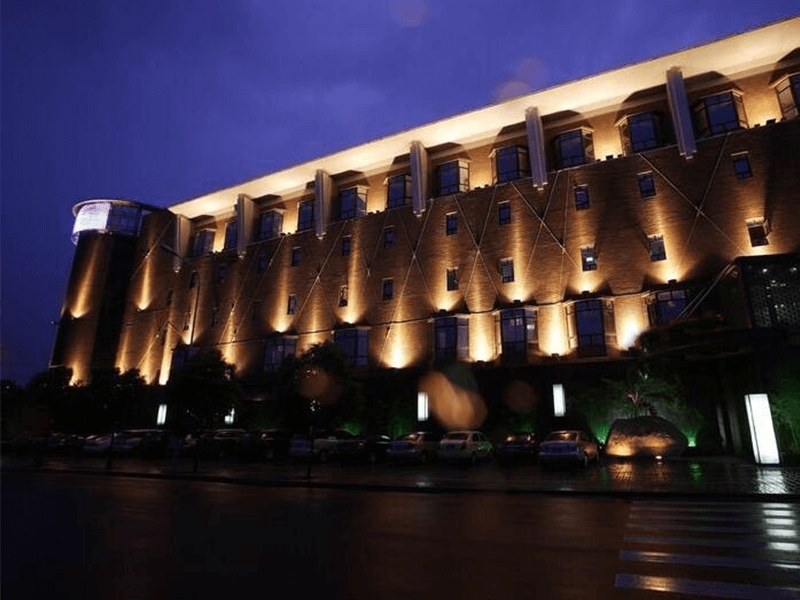- Cutting-edge advancements and their impact on efficiency
As LED technology continues to evolve, two groundbreaking innovations—organic LEDs (OLEDs) and micro LEDs—are pushing the boundaries of lighting efficiency and performance. While traditional LEDs have already set a high standard for energy efficiency, these emerging technologies promise to take lighting efficiency to the next level.
OLEDs utilize organic materials that emit light when an electric current is applied. Unlike conventional LEDs, OLEDs are made from thin, flexible layers, allowing them to be incorporated into flexible displays and lighting panels. One of the most notable advantages of OLEDs is their ability to produce uniform, diffused light without additional reflectors or diffusers, which can reduce energy loss. Additionally, OLEDs offer improved color accuracy and contrast, making them ideal for specialized applications like displays and ambient lighting.
From an efficiency perspective, OLEDs provide excellent energy savings in applications where diffuse lighting is preferred. However, their current performance in terms of lifespan and brightness does not yet surpass traditional LEDs, limiting their widespread adoption in general lighting. As OLED technology advances, continuous improvements in materials and manufacturing processes are expected to boost their efficiency and move them closer to widespread use in lighting systems.
MicroLEDs, on the other hand, represent a more transformative advancement in energy-efficient lighting. MicroLED technology involves miniaturized LEDs that are significantly smaller than traditional LEDs yet capable of delivering superior brightness and energy efficiency. MicroLEDs are designed for high-resolution displays, but they also have potential applications in general lighting, offering unparalleled brightness control and reduced power consumption. Unlike OLEDs, MicroLEDs do not suffer from issues such as burn-in or short lifespan, making them an excellent candidate for next-generation energy-efficient lighting solutions.
MicroLEDs are expected to significantly impact display technology and general illumination because they deliver higher lumens per watt than traditional LEDs while maintaining excellent light quality. Moreover, their scalability allows them to be used in various applications, from small consumer devices to large architectural lighting installations.
- Differences between traditional LEDs and these emerging technologies
While traditional LEDs have established themselves as the gold standard in energy-efficient lighting, OLEDs and MicroLEDs offer distinct advantages that set them apart:
- OLEDs provide uniform, diffused lighting, which is advantageous for specific design-focused applications, but they currently need to catch up in terms of lifespan and brightness compared to conventional LEDs. OLEDs also excel in flexibility, making them ideal for applications where design flexibility and lightweight structures are essential.
- MicroLEDs, in contrast, offer superior brightness and energy efficiency, outperforming traditional LEDs in high-resolution, high-brightness applications. Their miniaturized size allows greater control over light distribution and opens up new possibilities for integrating lighting into small and large devices.
In terms of overall efficiency, MicroLEDs hold more promise for the future of lighting due to their ability to deliver higher lumens per watt with less energy waste, especially in applications requiring high brightness and precision. However, OLEDs will likely continue evolving and find their niche in specialized lighting and display applications, prioritizing design flexibility and diffused light.
Both OLED and MicroLED technologies represent the next frontier in energy-efficient lighting. As research and development continue, their impact on the lighting industry will likely grow, offering even more sustainable and energy-conscious solutions for a variety of applications.
